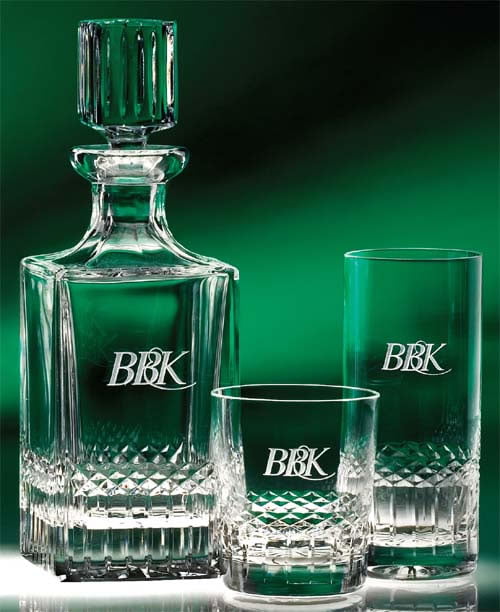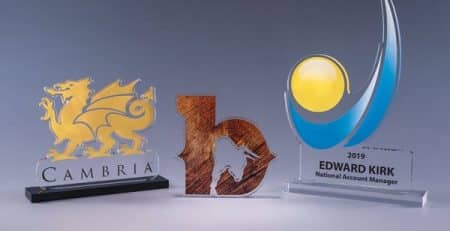Look around you. There’s a lot of metal, plastic and other types of man-made material around your home or environment. . Modern technology has paved the way for multi-functional devices, including laser etching and custom-made engraving. Although there’s still the option hand engraving today, what were the early beginnings of engraving and etching?
Early Masters of Engraving in Europe
The first documented case of human engraving dates back to 60,000 years ago in the Middle Stone Age. Engraving on bone in ivory was a technique used for art in many prehistoric periods and cultures around the world. Although, glass engraving which was usually done by using a wheel, appears to have early beginnings as the first century A.D. A book by Arthur M. Hind, states that there were many anonymous engravers in the 15th century who were from Holland, Italy, and Germany, respectively. These early masters of engraving and etching became popular the 16th century. Much of this engraving was to create artwork and to personalize their own belongings.
Magazine and Book Engraving
As time went on, paper material was made widely available and thus engraving was historically used for producing images on paper. This was in regards to print making for newspapers, magazines, and mapmaking. Later, engraving was used for commercial reproductions and illustrations for magazines and books. So how did this affect our modern-day engraving methods?
Modern Day Paper Engraving
Today we still use engraving on paper for money, this helps prevent counterfeiting banknotes, etc. This also goes for checks, bonds, and other security sensitive type of paperwork. A normal printer cannot re-create the details of hand engraved images nor it can be scanned. Other applications today for contemporary uses of engraving is found on jewelry and on engraved plaques and awards. Personalized trophies and awards are perhaps the most common form of engraving, at least in the workplace. From personalized acrylic awards that can be customized to your liking to reflective crystal and glass plaques perfect for bigger celebrations, you have countless engraved corporate awards to choose from.
It’s interesting how simple engravings can empower the workforce, making them truly feel like they are part of something large and important. Consider just how much value is placed on engraving, especially when you receive a corporate gift from your employer.
Engraved Corporate Awards for Employee Recognition
In the 21st century, the most common way to spot engraving is in the corporate world. Take a look at all the unique corporate gifts that you’ve received throughout the years – chances are that all of the personalized trophies and awards you boast are engraved. Employers recognize that one of the easiest and most practical ways to boost morale and congratulate workers on accomplishments is through personalized corporate gifts. While a gift or trophy can speak to one’s personality, the best way to make any gift unique is by having it engraved. With a simple engravement, a gift or award only has meaning and value to the recipient, whose name and distinction is emboldened on the trophy or award.
What Can Your Corporate Engraving Mean?
When it comes to corporate engraving, employers can go a variety of routes. One of the best options is to give a personalized engraved glass gift that lists the recipient’s name, their workplace title, a brief description of their achievement, and paraphs a date to commemorate the special occasion. Simple and straight to the point.
Another option is engraved trophies and awards. These personalized awards don’t contain as much space, prioritizing brevity. An engraving should add to a personalized trophy or award. If a team member has done a tremendous job and continues to exceed expectations, they should feel acknowledged. That’s why you should specifically pick an award design that has enough space for a large message.
Engraving is a Way to be Remembered
Adding engravings to meaningful items like your wedding ring or a family picture frame is a wonderful way to appreciate the relationship. Engraving is as important today as it was in the past, because it makes messages and important words permanent. Just like the early human discoveries of bone and ivory engravings or cave etchings, in a few thousand years, you’ll still be able to read or view the art, imagery, or banknote designs we will one day leave behind.











